So you have a globally famous brand of six nameplates that saw its sales just creep over 100,000 units in 2020 - admittedly a spectacularly difficult year. This problem is complex.
Your two saloon models achieved combined sales of around 28,000 and half of those look to have been in China. The Jaguar E-Pace and Jaguar F-Pace suffered big sales declines in 2020 but are at least sibling cars to Land Rover and Range Rover models. But two SUVs do not add up to a viable brand.
Moreover, Jaguar Land Rover (JLR) bosses have already announced that the product development budget will be shrunk in the future, making investment in new Jaguar models even harder to justify. On top of that, you have a dealer network that has invested in expensive new showrooms and probably has expectations of a wide-ranging offering, at least as big as today’s 13-model JLR line-up.
Will the new JLR chief executive sink hundreds of millions into another round of Jaguar saloon models when the current two have sold so poorly? And if Jaguar isn’t mostly about saloons, what exactly is it for?
An all-electric brand could have been an idea, but the admirable Jaguar I-Pace shifted only around 17,000 units in a year when EV sales jumped – another great Jaguar selling in volumes that are frustrating small.
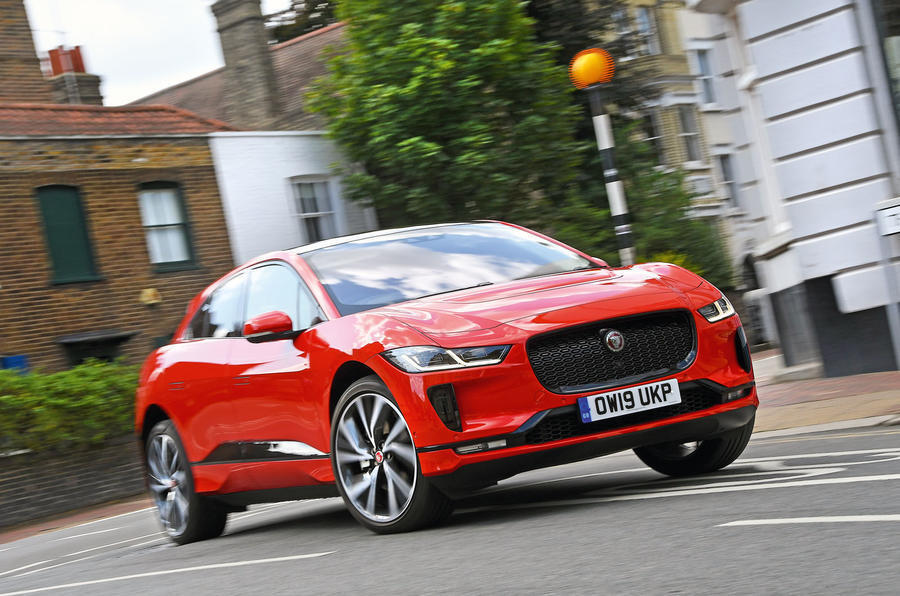
Here’s another issue. JLR’s main Solihull plant is probably at capacity, especially with the new MLA-based Range Rovers on the way. Halewood might now have room for the E-Pace to be relocated from Austria, so where, and how, could you build new Jaguars in guaranteed profit-making or - at least break-even - volumes?
So here’s an idea recently suggested to me by an auto industry consultant. Keeping Jaguar alive while keeping investment to a minimum would mean a partnership. And where better than Alfa Romeo?
There’s no doubt the Alfa Romeo Giulia platform is first-rate. Jaguar could reskin, re-interior and retune the two base Alfa models. A Giulia-sized Jaguar to replace the Jaguar XE and Jaguar XF could make financial sense and would be a very effective way of serving the dealer network. Of course, at this point, the purists will cry that an Italian Jaguar just wouldn’t be a proper Jaguar.

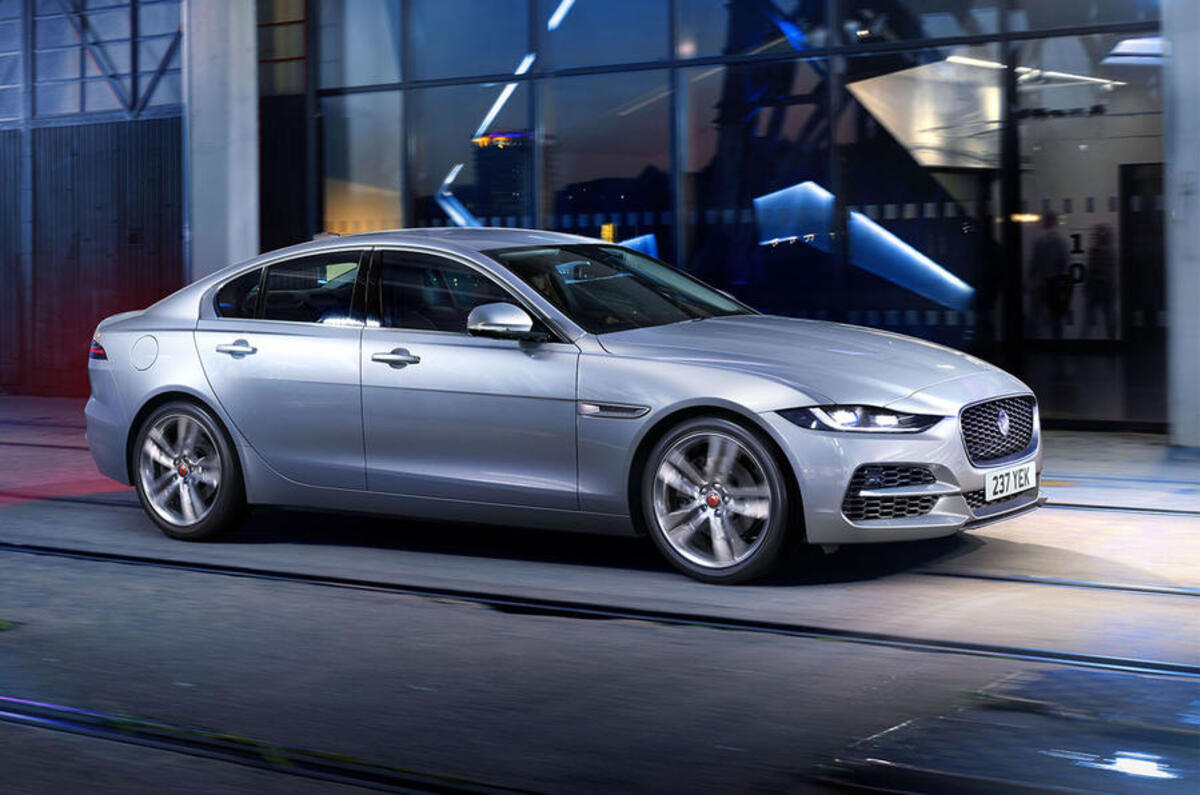
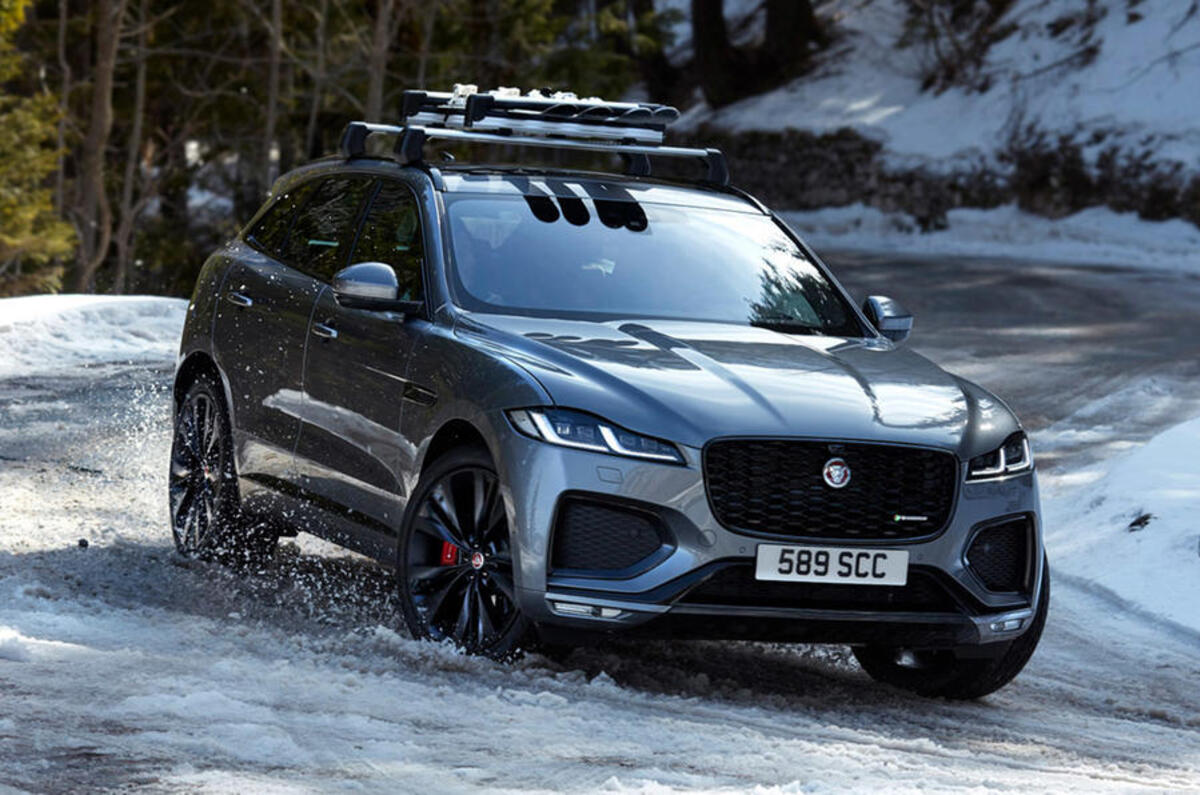
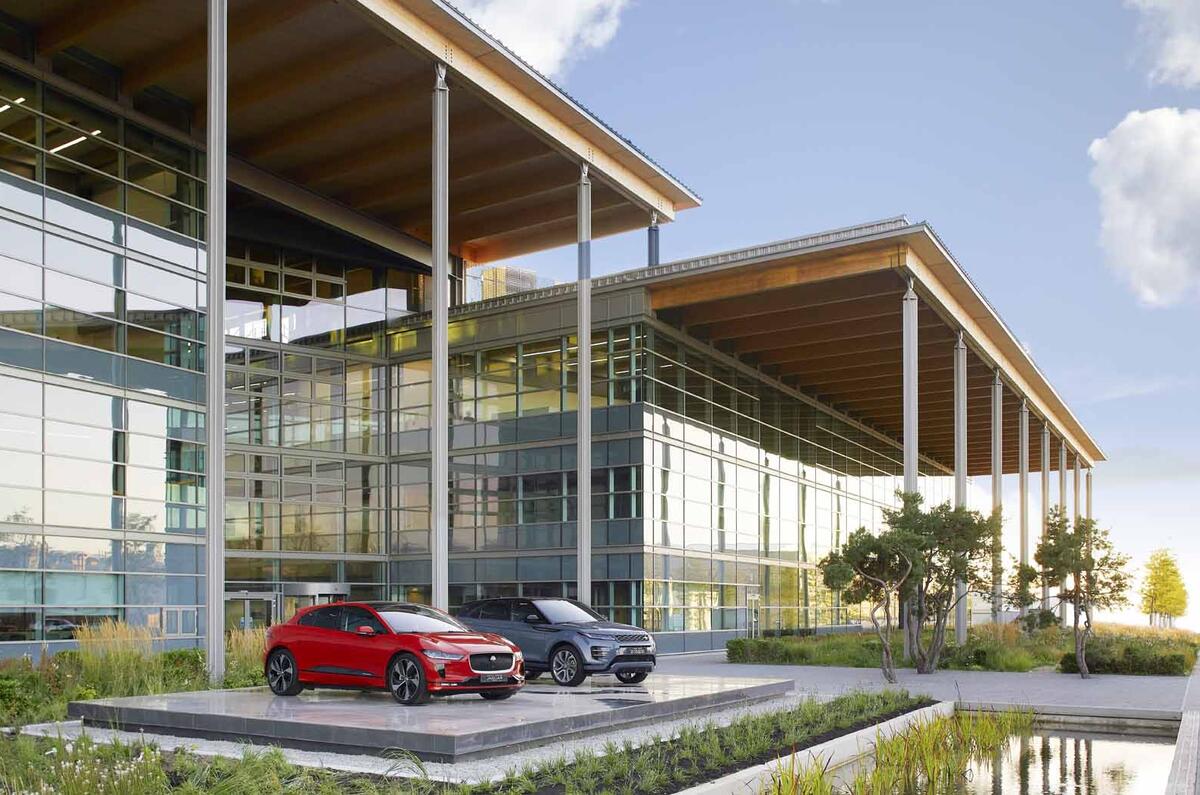
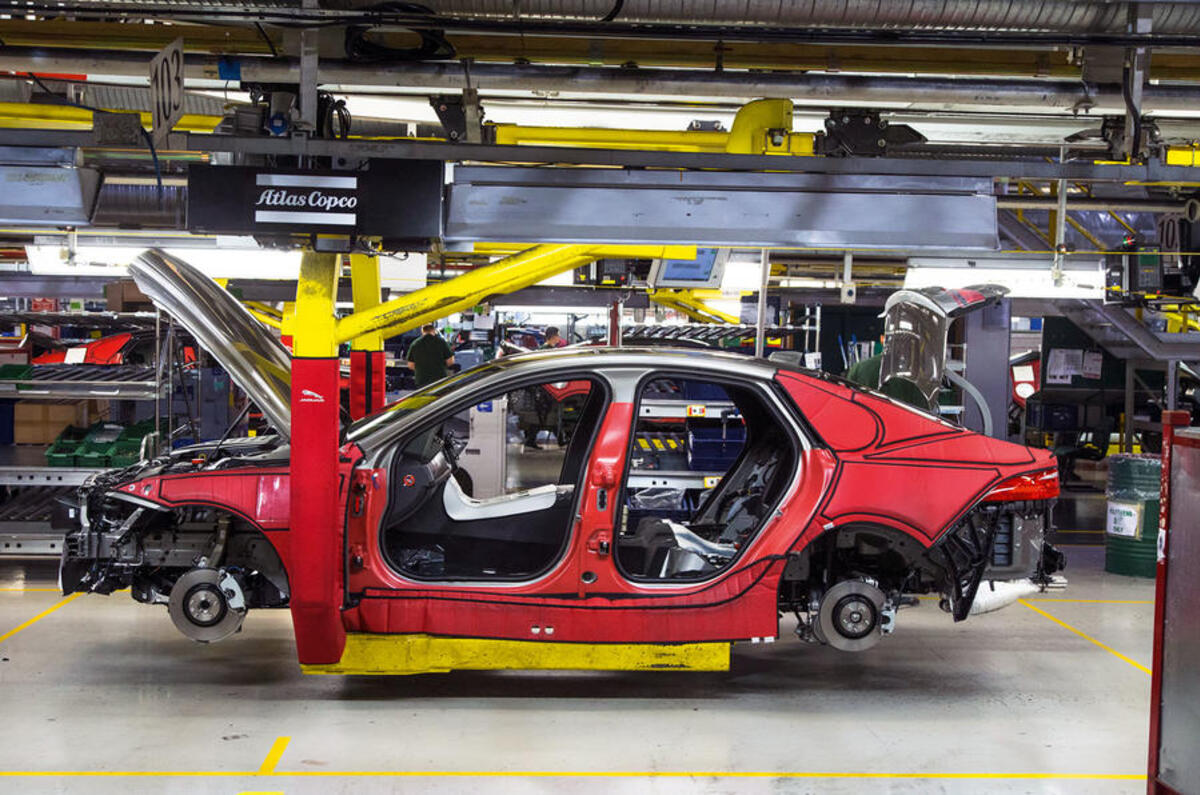
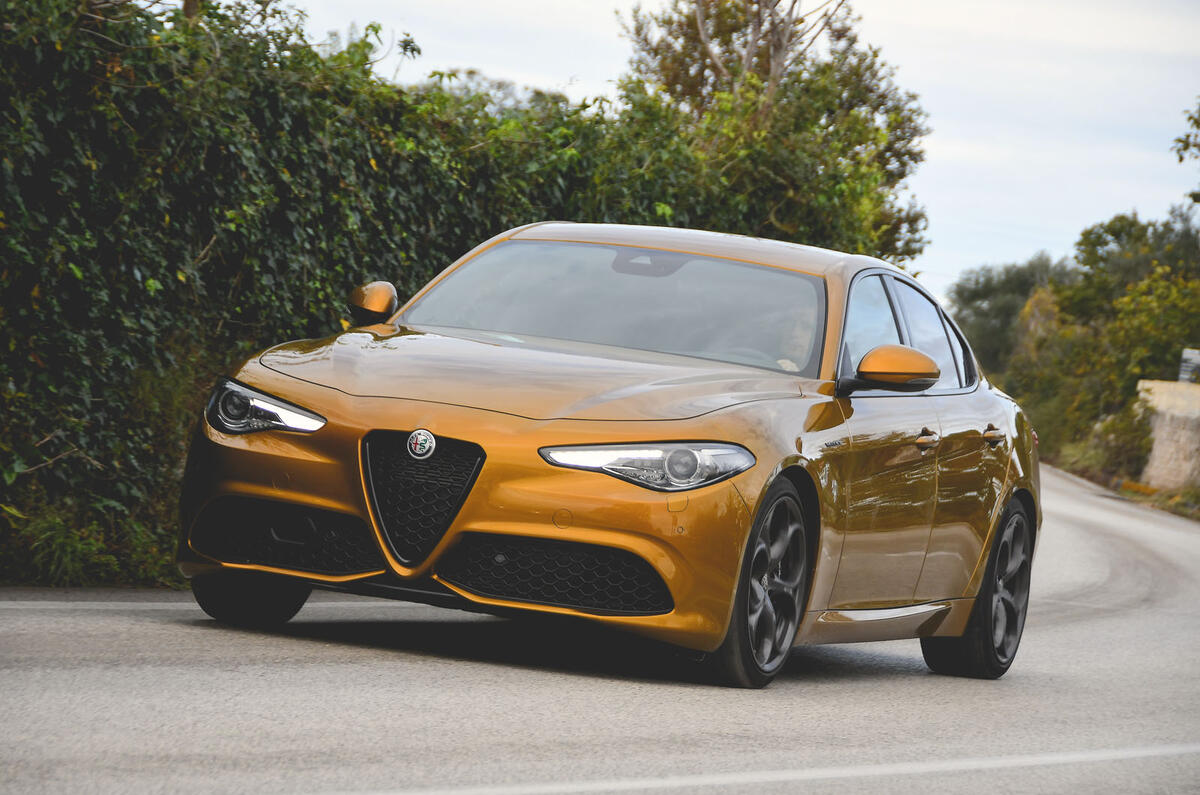
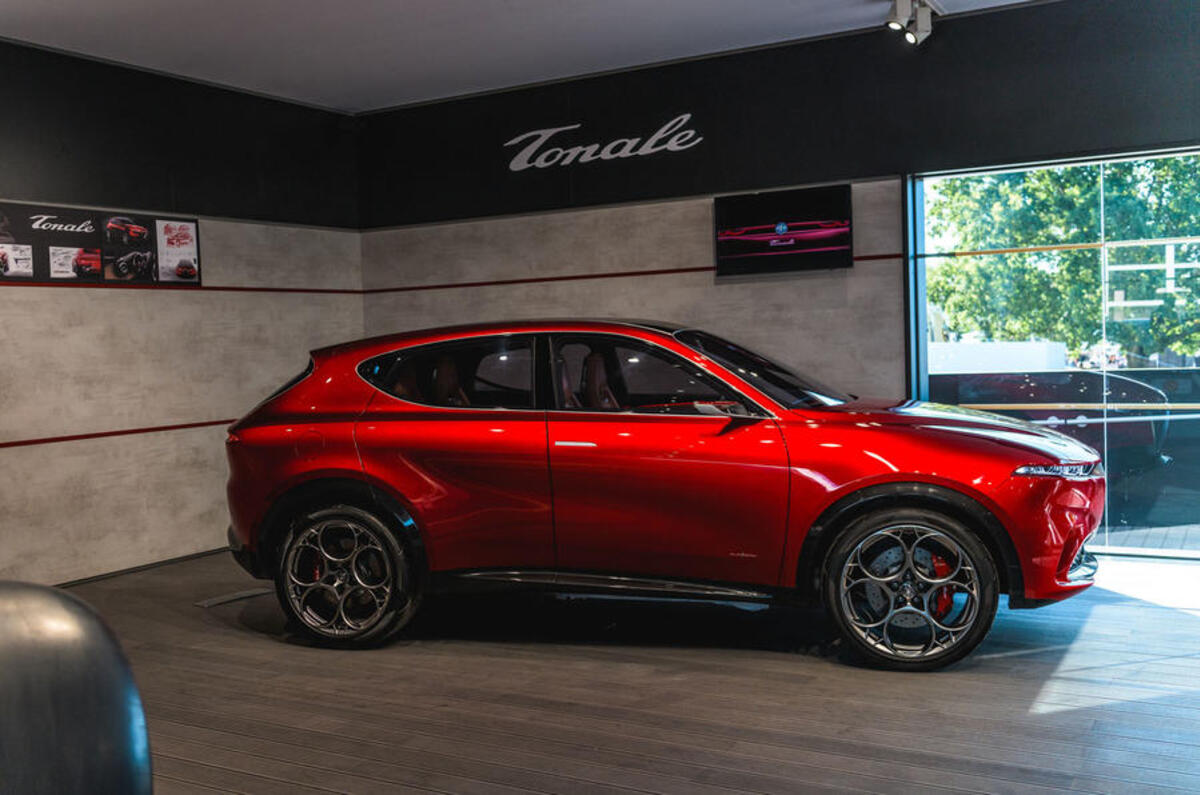
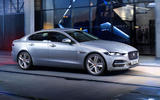

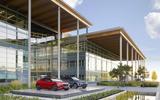
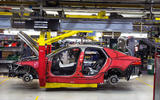
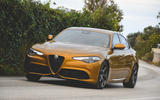


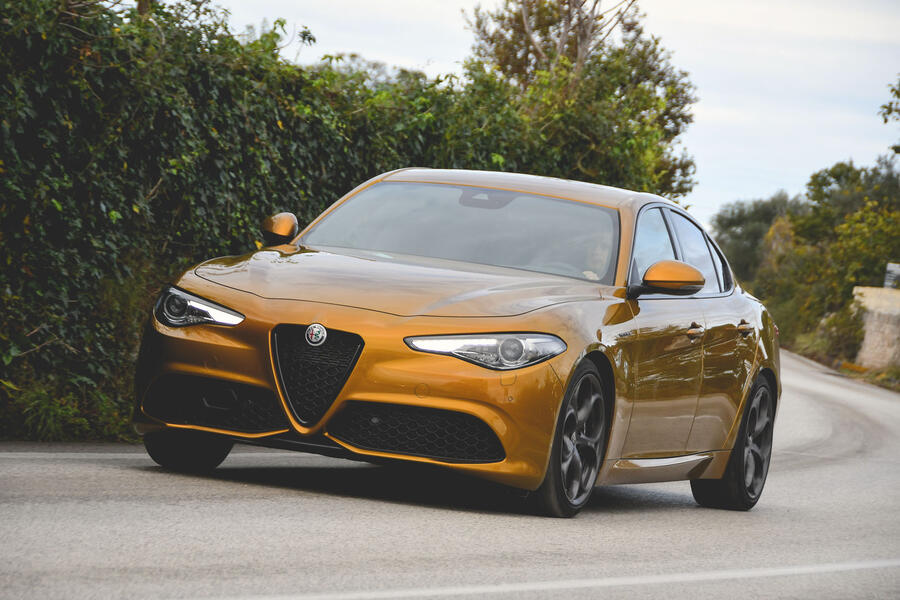

Join the debate
Add your comment
It's a silly idea, mainly because Stellantis, or whatever it's called this week, doesn't need a partner or any more brands and Jaguars problem isn't a lack of platforms as it has LR's.
Jaguars problem is poor products and over expansion. If we go back to the time before Ford, Jaguar had two products, the XJ saloon and the XJS sports/GT car. The last 30 years have shown us that there really isn't a demand for more. The XE is compromised and not as good as its German rivals and the XF is so old you expect to have to hitch a horse to the front.
Jag should have a large luxury XJ saloon/hatch - the current XJ is innovative and beautiful and it should have a GT/sports car. No SUV's, that's what LR is for.
JLR really shouldn't waste more time developing Jags that no-one wants to buy. It should concentrate on LR, because the market has gone LR's way. LR should probably develop a new Freelander as an affordable way into the brand.
ERROR 404 (?) or whatver: this happens regularly at present!
Please sort the site out?
Thanks!
YF.